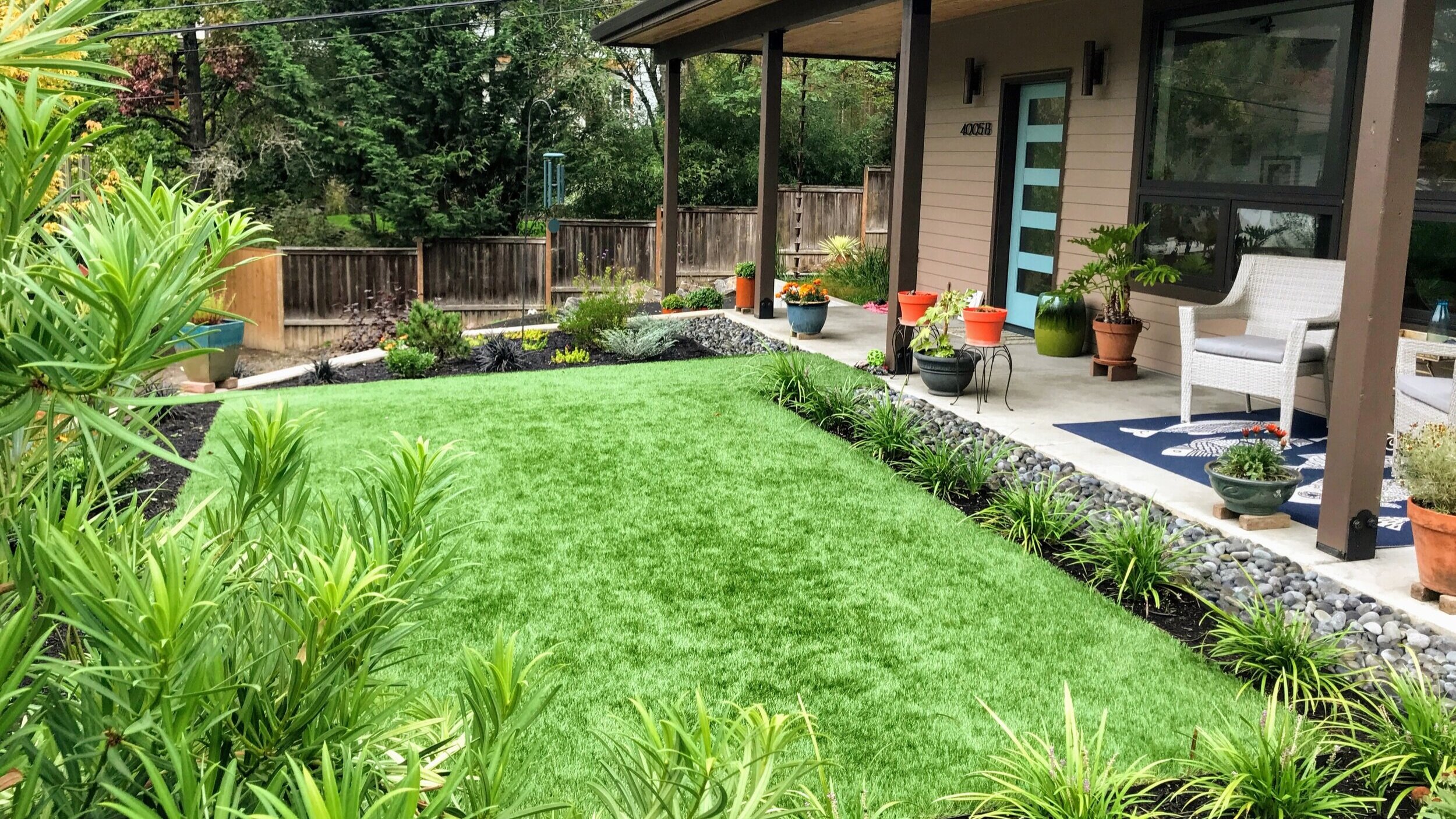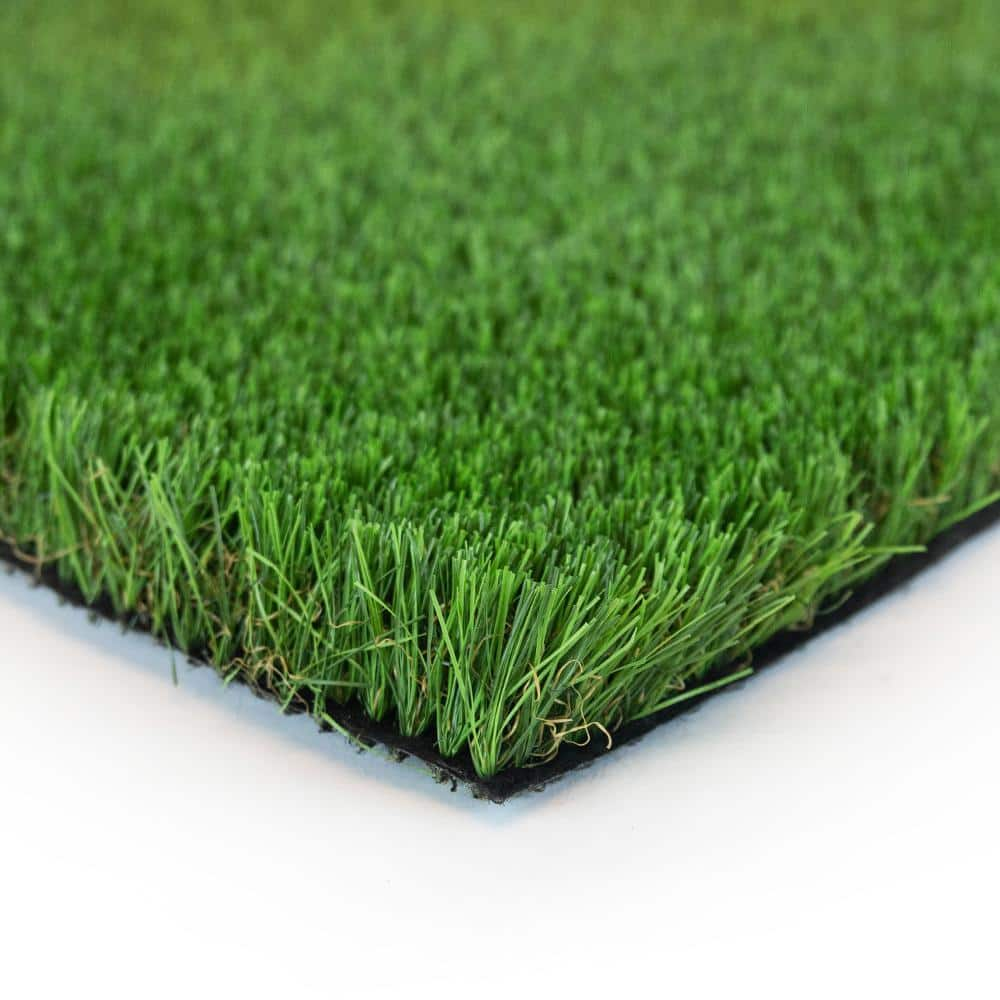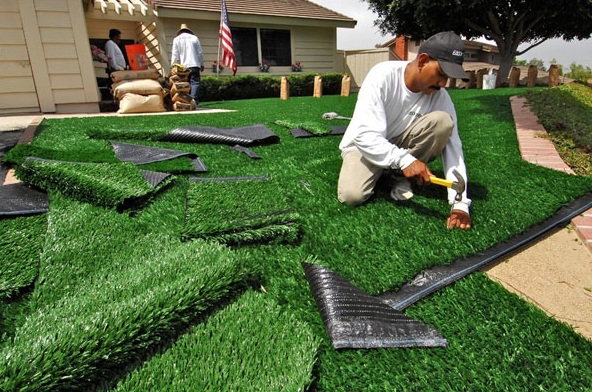Budget-Friendly Turf Installation Phoenix AZ for a Hassle-Free Lawn Option
Budget-Friendly Turf Installation Phoenix AZ for a Hassle-Free Lawn Option
Blog Article
See Why Homeowners Prefer Synthetic Grass for Lasting Landscape Design Practices
As homeowners progressively prioritize sustainability in landscape design, fabricated lawn has arised as a compelling option to traditional turf. What continues to be to be explored is the full range of advantages that man-made lawn can provide to house owners and the atmosphere alike.
Water Preservation Conveniences
One of the most considerable advantages of man-made lawn is its function in water preservation. In comparison, synthetic turf removes this demand entirely, as it does not call for watering.
Furthermore, the installation of man-made grass can add to a much more sustainable landscape. Homeowners can considerably decrease their water bills, enabling reallocation of sources to other environmental efforts or house usages. Furthermore, artificial turf is made to endure various climatic problems without the demand for extra watering, making it a suitable choice for regions encountering water scarcity.
The environmental advantages prolong beyond immediate water financial savings. By reducing water intake, synthetic grass helps to mitigate the impacts of environment adjustment, preserving vital communities that are intimidated by extreme water extraction. As sustainable landscaping techniques gain grip, synthetic grass arises as a liable choice for property owners looking for to create green exterior spaces.
Lowered Maintenance Initiatives
Synthetic grass substantially minimizes maintenance initiatives contrasted to typical grass yards. With fabricated lawn, property owners can remove the time-consuming tasks connected with all-natural landscape design, such as mowing, fertilizing, and weeding. This not just saves useful time however additionally lowers physical labor, making lawn treatment available for individuals of any ages.
Among the most notable benefits is the absence of routine mowing. Standard grass need frequent trimming to keep an aesthetically pleasing height, whereas artificial turf stays continually lavish without the need for reducing. Additionally, property owners no more require to apply plant foods or chemicals, which are typically required to maintain all-natural turf healthy and balanced. This shift not only lightens the workload yet likewise promotes a neater, more consistent appearance year-round.
In addition, synthetic grass is resistant and resilient, calling for minimal maintenance beyond occasional brushing and washing to get rid of debris. This convenience of upkeep enables house owners to enjoy their outdoor areas without the constant worry of maintenance, providing even more time for leisure and family members tasks. Ultimately, the minimized upkeep efforts connected with fabricated lawn make it an appealing option for those looking for a low-maintenance, visually appealing landscape.

Ecological Impact Reduction
There is a growing acknowledgment of the environmental benefits associated with synthetic grass, particularly in terms of water conservation and decreased chemical usage. Typical grass need significant amounts of water, specifically in drought-prone areas, causing enhanced pressure on local water resources. In contrast, synthetic grass gets rid of the demand for irrigation, drastically minimizing water intake and promoting sustainability.
In addition, standard lawn maintenance frequently includes the application of plant foods, herbicides, and chemicals, which can contribute to soil and water air pollution. Fabricated turf alleviates this ecological danger by needing very little maintenance and virtually removing the demand for harmful chemicals. This not just enhances soil health and wellness but also protects regional environments from poisonous runoff.
Furthermore, the production of all-natural yard lawns generally involves the usage of fossil fuels for cutting and landscape design devices, additional contributing to greenhouse gas discharges. By picking fabricated lawn, home owners can significantly reduce their carbon footprint connected with yard treatment tasks.
Aesthetic Charm and Adaptability
In enhancement to its environmental benefits, synthetic grass offers considerable visual allure and flexibility for landscaping. Home owners can attain a rich, eco-friendly look year-round, getting rid of the seasonal changes typically related to all-natural lawn. This consistent visual not just enhances the aesthetic allure of a building however additionally contributes to a properly maintained and polished appearance.
Furthermore, synthetic grass is available in a variety of styles, structures, and colors, enabling modification to fit individual preferences and style motifs - Arizona artificial turf. Whether used in residential gardens, commercial spaces, or leisure locations, it can effortlessly integrate into varied landscape design designs, from contemporary minimal to lush exotic settings
The convenience of synthetic grass prolongs past plain look; it can be set up in various areas, including roofs, outdoor patios, and even interior areas, developing chances for discover this info here unique landscape design services. Furthermore, it appropriates for a series of tasks, from kids's play locations to pet-friendly settings, supplying capability without endangering design.
Eventually, the visual appeal and convenience of synthetic grass make it an eye-catching option for home owners seeking sustainable landscape design solutions that do not compromise elegance for ecological obligation.

Long-Term Expense Financial Savings
One of i was reading this the most compelling benefits of man-made turf is its possibility for long-term expense financial savings. Unlike natural grass, which requires routine maintenance-- including mowing, watering, feeding, and insect control-- fabricated turf dramatically reduces these ongoing expenditures.
Furthermore, synthetic grass has a life-span of 15 to 25 years, depending upon its top quality and use. This resilience reduces replacement prices, making it an extra economical choice in the future. Furthermore, the first financial investment in fabricated grass can usually be recouped through the cost savings accumulated gradually.
While the upfront expense may seem higher compared to turf setup, the cumulative savings from reduced maintenance and water use usually outweigh these first expenses. Inevitably, the fostering of synthetic grass not only promotes a lasting landscaping solution however likewise supplies home owners a financially savvy choice that aligns with long-term budgeting objectives.
Final Thought
Synthetic grass arises as a anchor compelling option for sustainable landscaping, using considerable benefits in water preservation, lowered maintenance efforts, and decreased ecological effect. Its aesthetic allure and adaptability improve the visual landscape while straightening with contemporary sustainability goals. Additionally, long-term expense financial savings contribute to its attractiveness for homeowners. As communities increasingly focus on eco-friendly practices, the fostering of man-made turf stands for a dynamic action toward attaining resilient and sustainable landscapes.
Furthermore, synthetic lawn is designed to withstand numerous climatic problems without the demand for supplementary watering, making it an excellent option for areas dealing with water deficiency. (Artificial turf companies phoenix)

Artificial lawn emerges as an engaging choice for sustainable landscaping, providing considerable advantages in water preservation, minimized maintenance initiatives, and diminished environmental influence.
Report this page